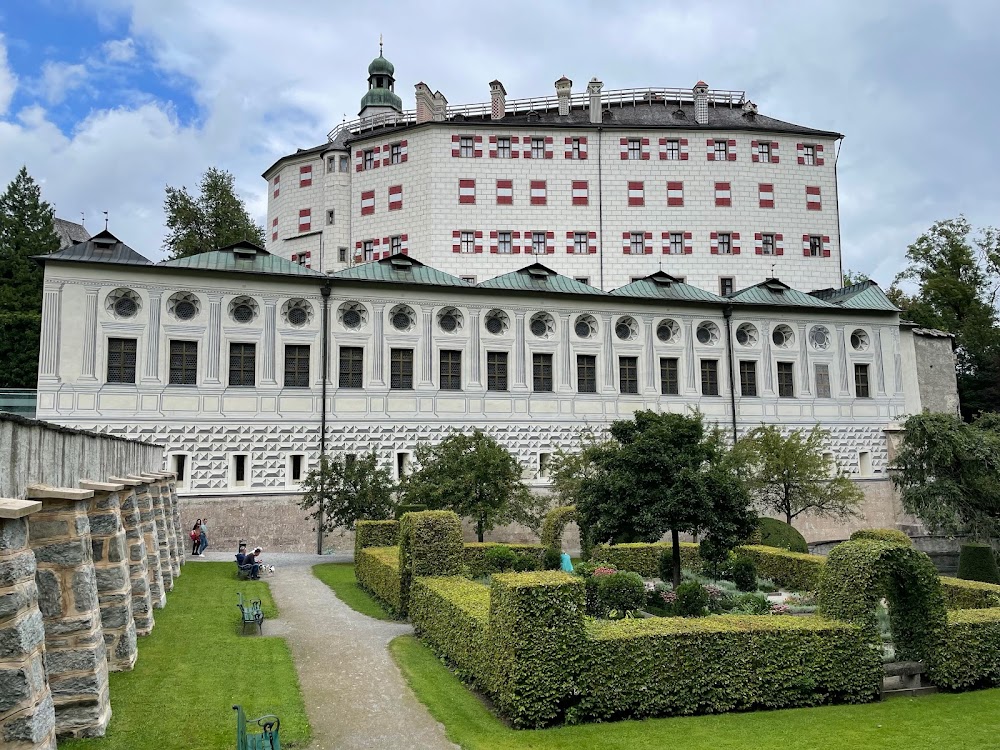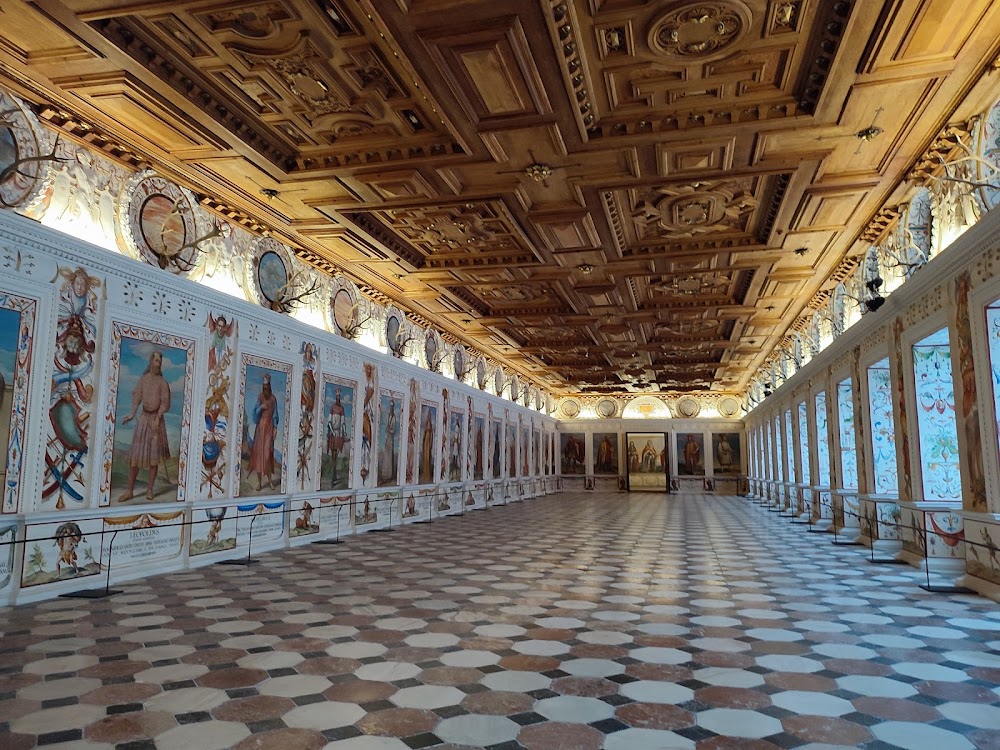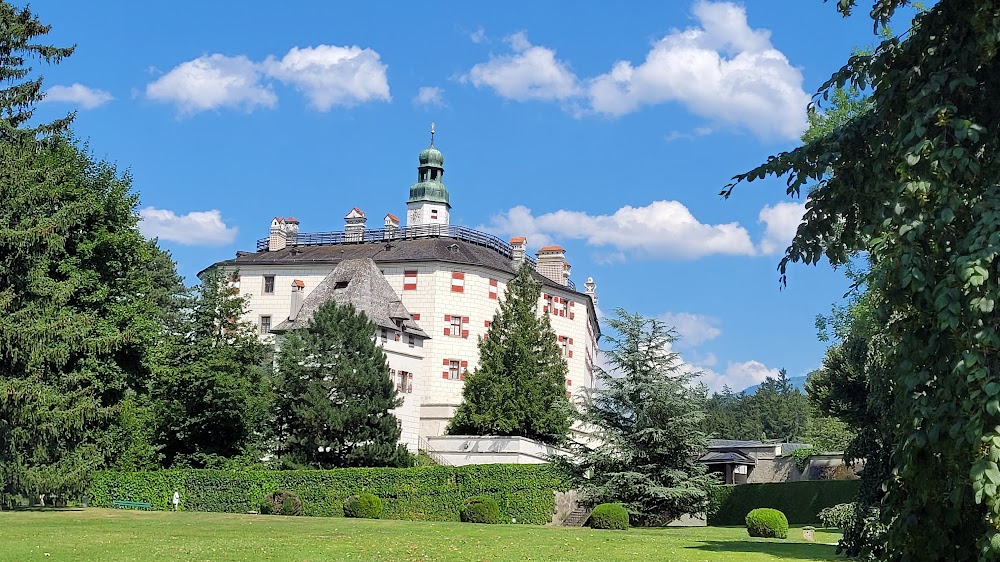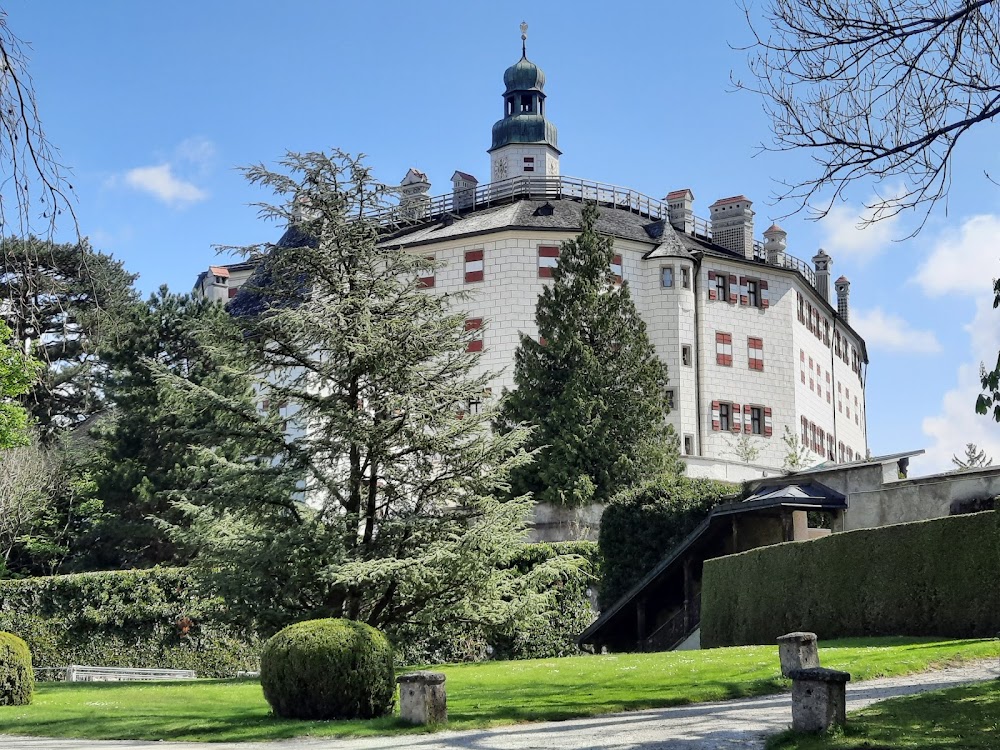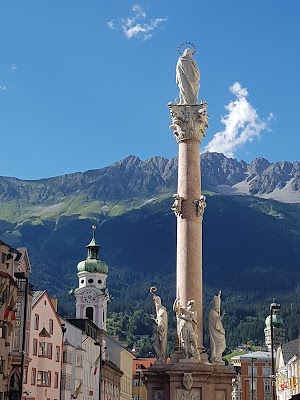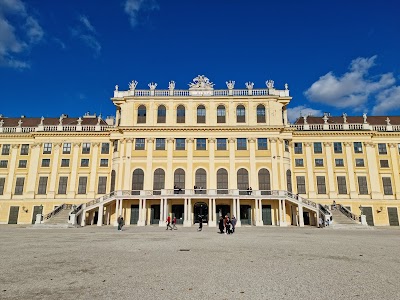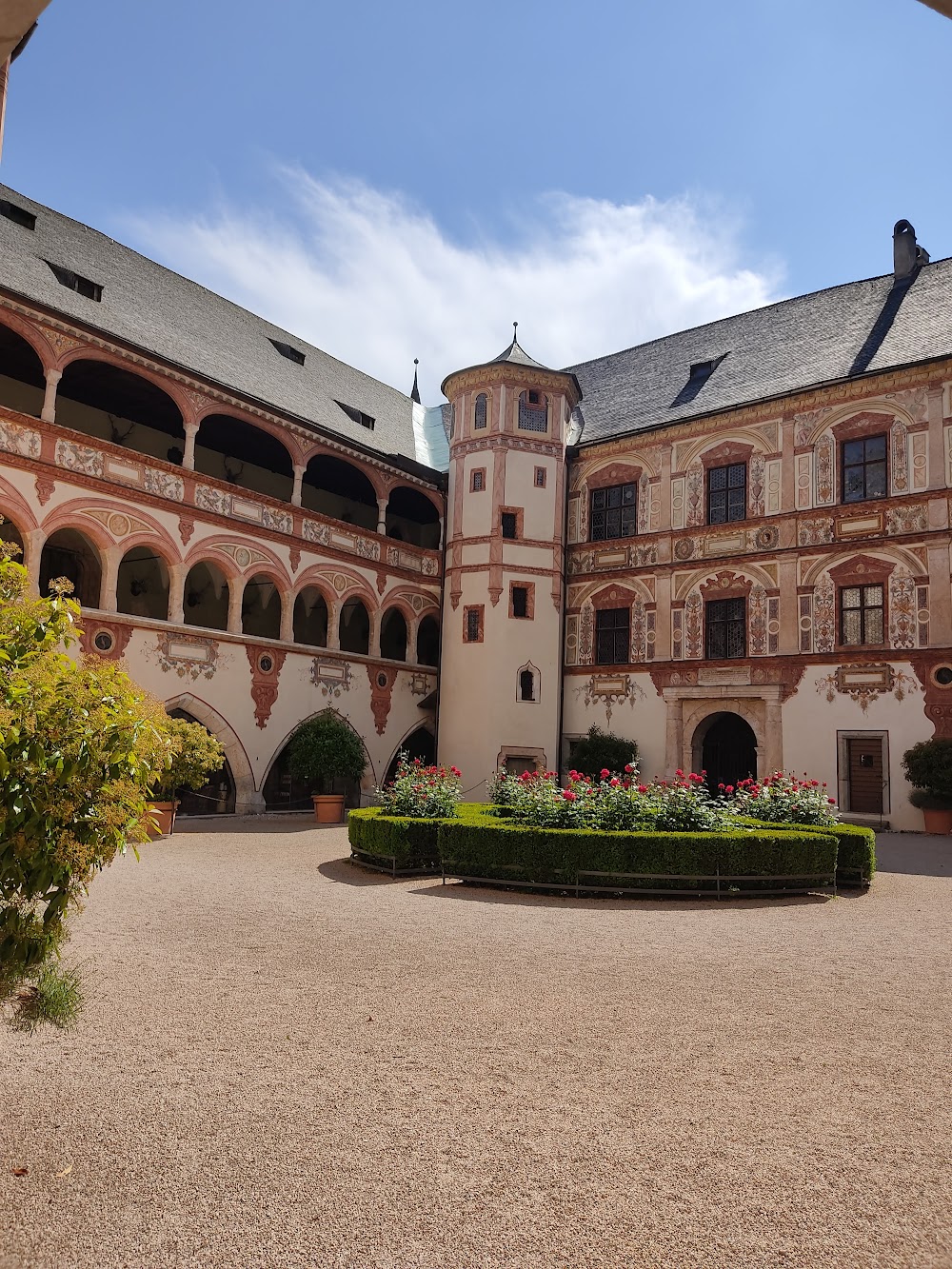Ambras Castle (Schloss Ambras)
Overview
Ambras Castle, or Schloss Ambras Innsbruck, is a captivating historic landmark situated in the picturesque Tyrol region of Austria. This architectural gem is a stunning example of Renaissance style and a reflection of the illustrious history of the Habsburg dynasty. The origins of Ambras Castle trace back to the 10th century when a fortress was first erected on the site. However, the castle's transformation into its current form began in the 16th century under the visionary leadership of Archduke Ferdinand II.
Transformative Vision of Archduke Ferdinand II
Archduke Ferdinand II, a key figure in the Habsburg family, significantly influenced the evolution of Ambras Castle into a Renaissance masterpiece. As a passionate collector of art and armor, he sought to create a cultural and historical sanctuary. Between 1563 and 1583, Ferdinand commissioned extensive renovations and expansions, ensuring that the castle not only showcased his impressive collection but also reflected his noble status and refined taste.
Exploring the Castle's Three Main Parts
Ambras Castle is composed of three main sections: the Lower Castle, the Upper Castle, and the renowned Spanish Hall. The Lower Castle features the armory and the Kunst- und Wunderkammer (Chamber of Art and Wonders). The armory, one of the oldest in the world, boasts an impressive array of weapons and armor, meticulously arranged to highlight the martial prowess and craftsmanship of the era. The Chamber of Art and Wonders, meanwhile, showcases an eclectic mix of historical artifacts and exotic curiosities, illustrating Ferdinand's diverse interests and insatiable curiosity.
The Upper Castle serves as the residential quarters and is adorned with splendid rooms filled with artworks, tapestries, and furniture that evoke the splendor of the Renaissance. One of its most remarkable spaces is the Antiquarium, a gallery dedicated to ancient Roman sculptures that further enrich the castle's cultural significance.
The Architectural Marvel of the Spanish Hall
Perhaps the crown jewel of Ambras Castle is the Spanish Hall, an architectural wonder celebrated for its grandeur. Completed in 1572, this magnificent ballroom is adorned with portraits of Tyrolean rulers and features an intricately coffered ceiling. Spanning over 43 meters in length, the hall is renowned for its exceptional acoustics and aesthetic beauty, continuing to serve as a venue for concerts and events that attract visitors from around the world.
Engineering Feats and Artistic Excellence
The construction and renovation of Ambras Castle are remarkable feats of engineering and artistry. Skilled craftsmen, architects, and artists from across Europe were enlisted to bring Ferdinand’s vision to fruition. The combination of local materials and traditional techniques with imported marble, elaborate frescoes, and exquisite woodwork creates a seamless blend of elegance and fortification.
Despite the passage of centuries, Ambras Castle has been remarkably well-preserved. Ongoing maintenance and restorations have ensured that its historical integrity and beauty remain intact. Today, the castle operates as a museum under the administration of the Kunsthistorisches Museum in Vienna, drawing countless tourists and scholars eager to delve into its rich collections and storied past.
A Cultural Treasure of Renaissance Europe
Ambras Castle is not just a historical edifice; it is a cultural treasure that encapsulates the spirit of Renaissance Europe. It stands as a testament to the vision of Archduke Ferdinand II and the enduring legacy of the Habsburg dynasty. Through its halls and collections, visitors have the opportunity to step back in time and explore the artistic, cultural, and historical tapestry of Tyrol and beyond.


